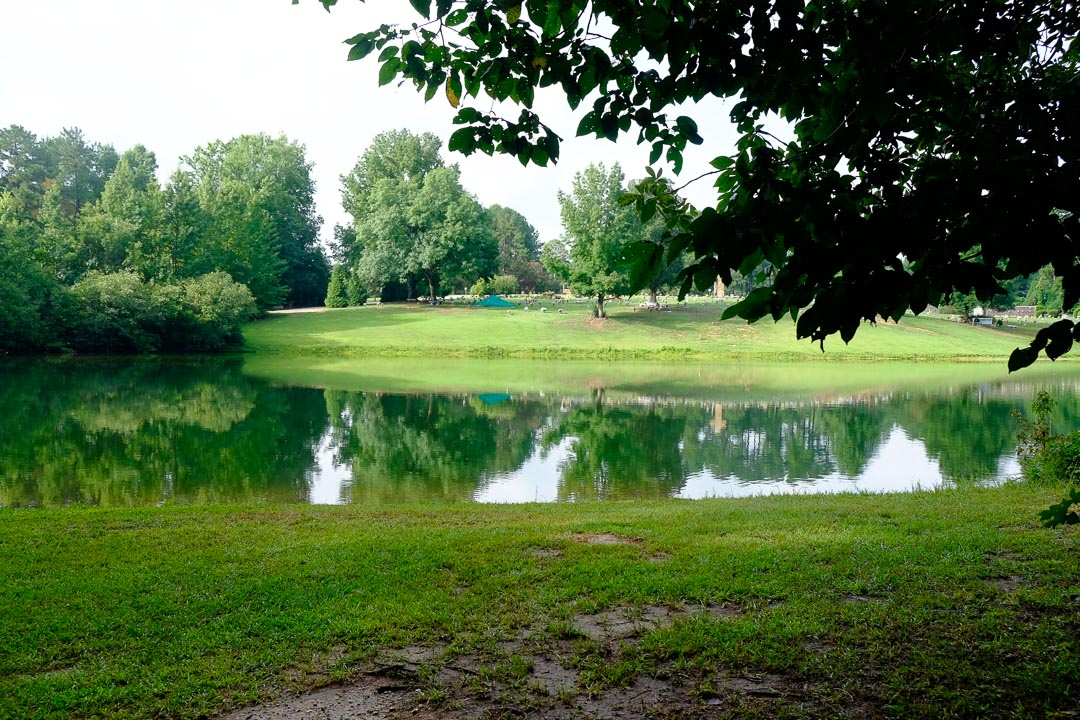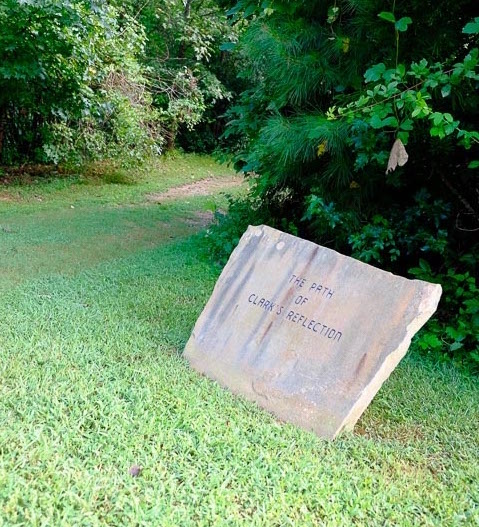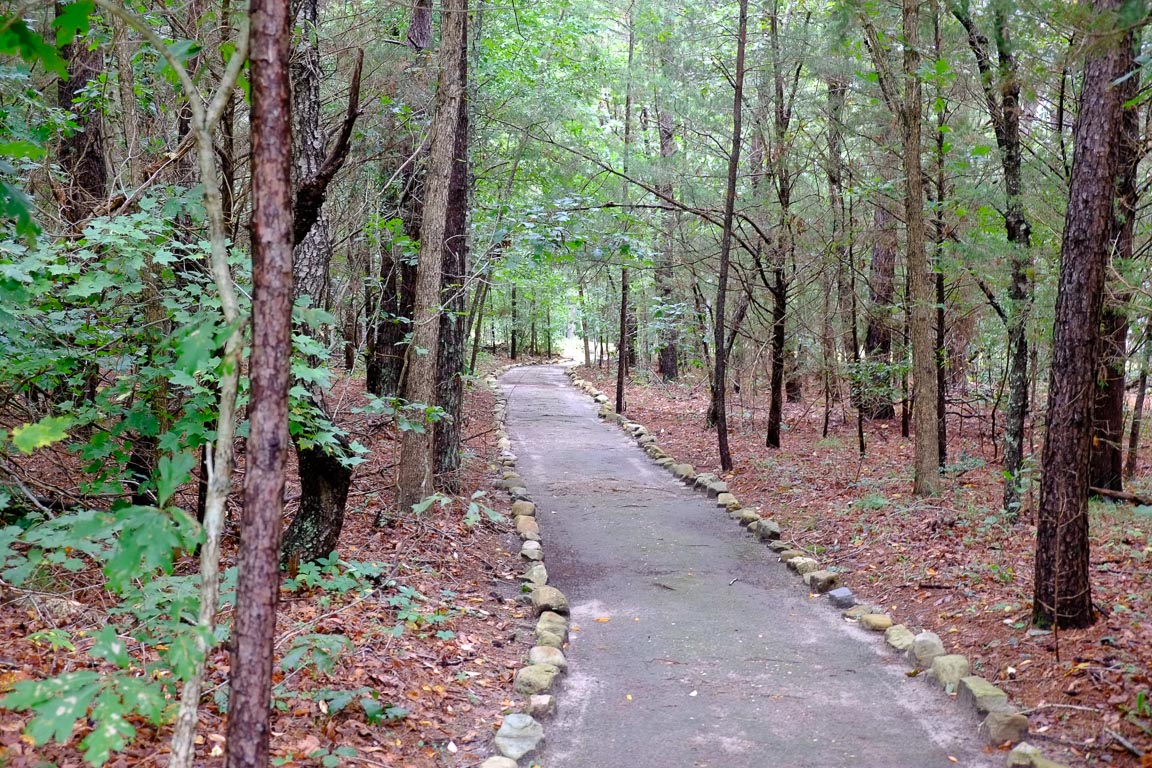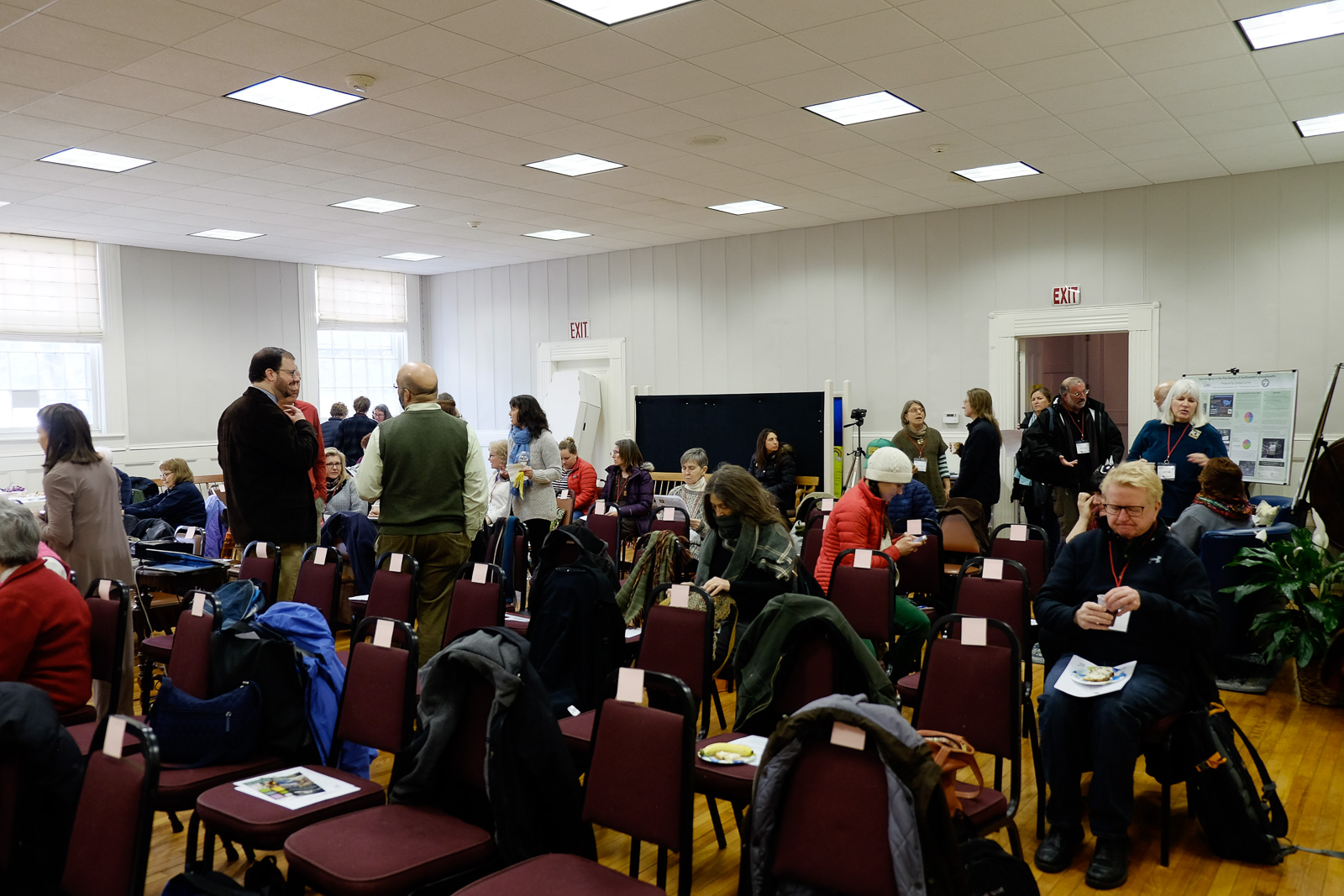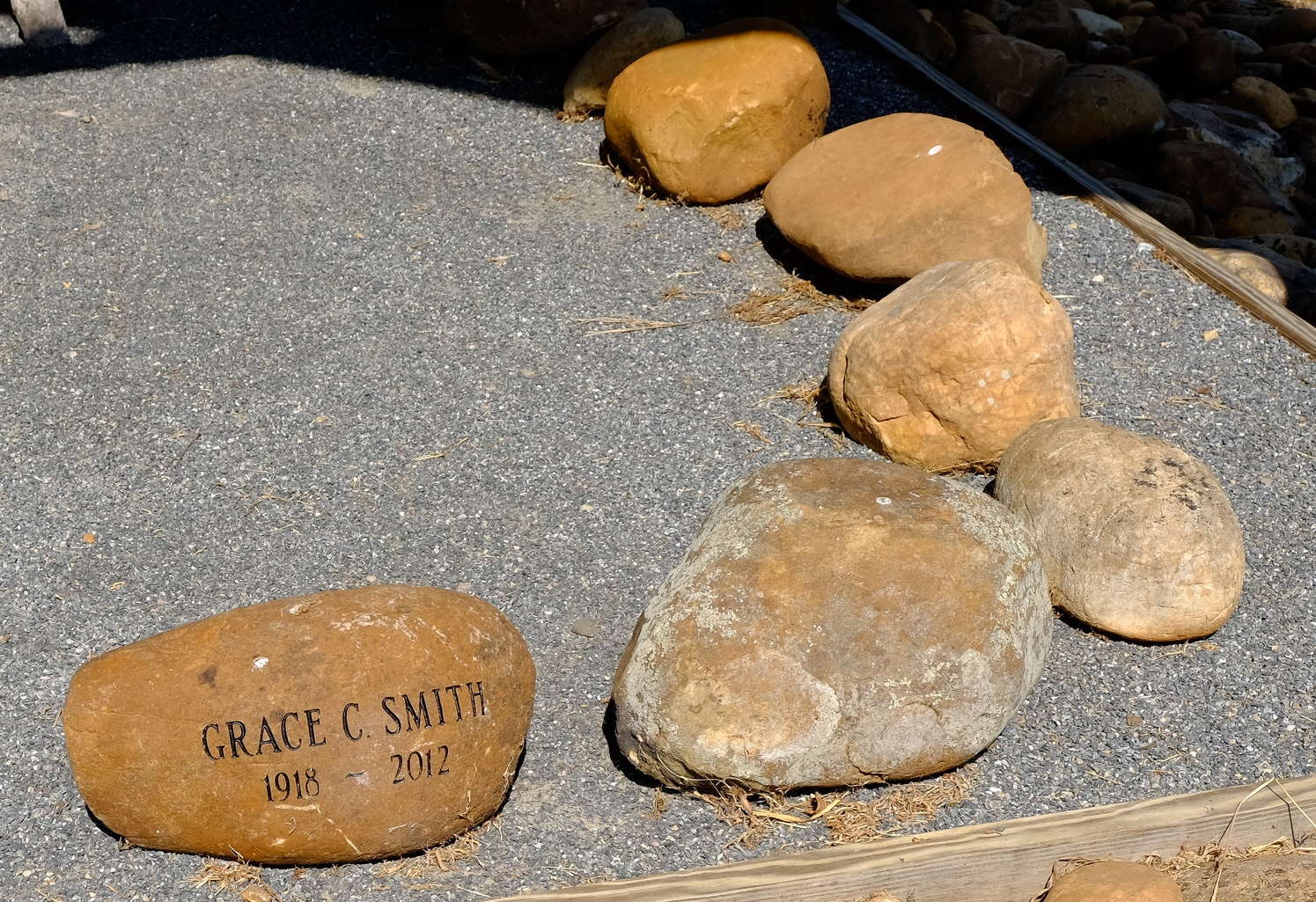NEW YORK (AP) — The request, posted on an online neighborhood forum by a Brooklyn funeral director, was simple but heartfelt. A 91-year-old woman had died from the coronavirus. Her family was scattered in other states. Would anyone like to contribute items for her funeral, like flowers?
So came the call from Amy Cunningham for help in this time of crisis to give a meaningful service for someone who had died in a Manhattan assisted living facility. The request, as the AP story describes, quickly brought offers from Amy’s neighbors of flowers (not available from shuttered florists but growing in backyards) and sewn tributes to decorate an eco-friendly casket to be buried in Woodlawn Cemetery in the Bronx.
Amy Cunningham owns Fitting Tribute Funeral Services, a progressive funeral home dedicated to helping New Yorkers of all creeds and faiths plan affordable end-of-life experiences and green burials both upstate and within the New York City area. Like her colleagues, Amy has been thrust to the frontlines by the coronavirus and continues to work under conditions which have made an oft-maligned profession even harder and more dangerous for those who continue to help us all.
Click the link below to open up the article by Julie Walker and photo essay by John Minchillo.
AP Photo/John Minchillo
See more about Amy Cunningham’s work at Fitting Tribute Funeral Services
For information on the eco-friendly casket used for burial visit Natural Legacy















